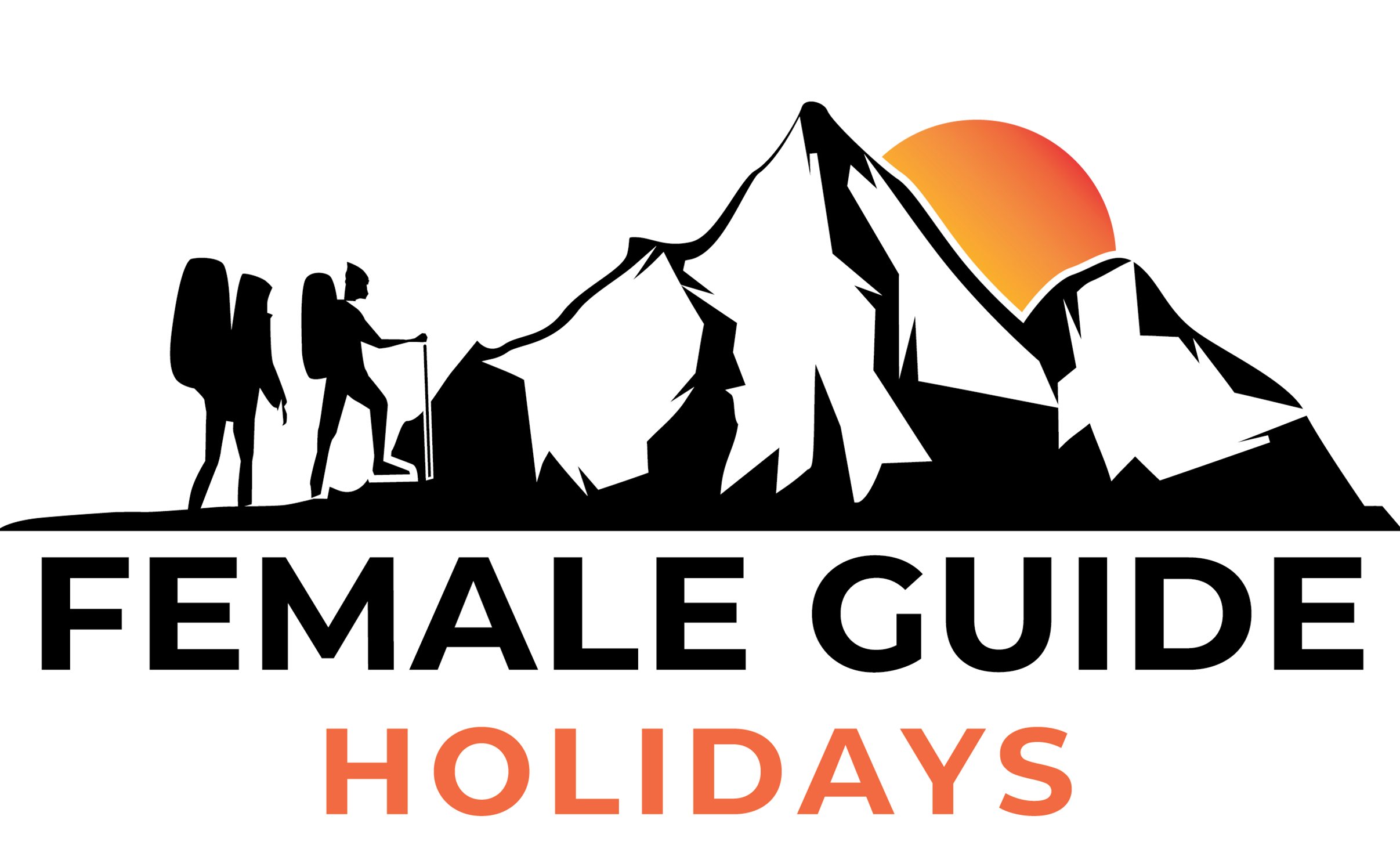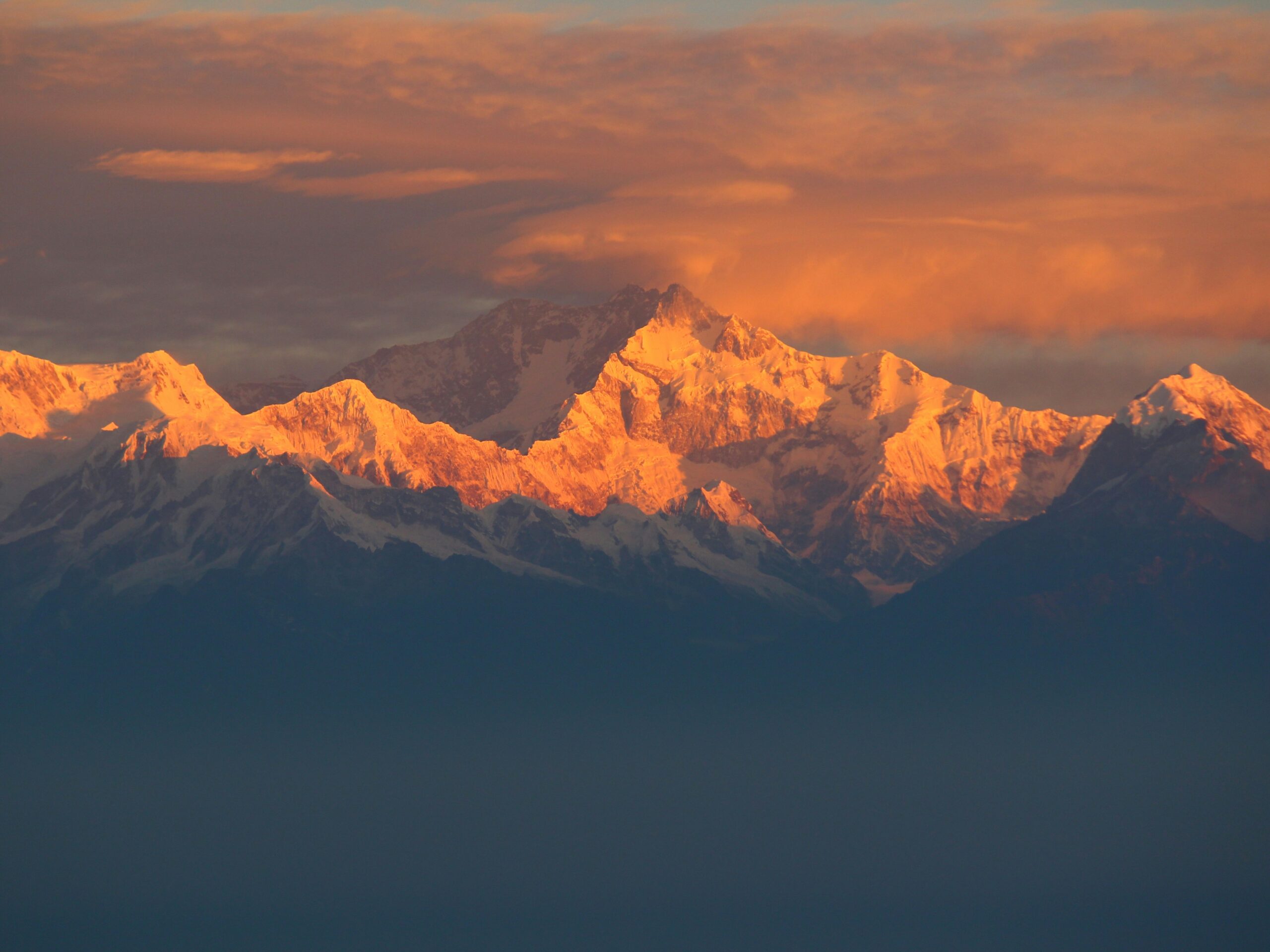Kanchenjunga North Base Camp Trek: The Kanchenjunga Himal, located on the Nepal-India border, is the third-highest mountain in the world, surrounded by the Tamur River to the west, Lhonak Chu and Jongsang La to the north, and the Teesta River to the east. This region features 16 peaks that rise above 7,000 meters (23,000 feet). Kanchenjunga, meaning “The Five Treasures of the High Snow,” is a hidden gem with a diverse range of ecosystems, from savannas and grasslands to alpine shrubs and meadows. The region also boasts rich biodiversity and varying microclimates.
This trek offers an unforgettable journey through one of the most remote areas of Nepal, allowing you to explore, discover, and immerse yourself in nature while encountering new cultures and people.
Overview:
Kanchenjunga, regarded as one of the world’s most stunning mountains, is considered the dwelling place of deities. It sits in a sparsely populated, untouched wilderness in the heart of the Kanchenjunga Conservation Area. This region is home to rare wildlife such as the red panda and the elusive snow leopard, known as the “Ghost of the Mountain.”
The trek takes you through secluded hillside villages, dense rainforests, alpine meadows, glacier paths, and moraine fields, leading to the base of the third-highest mountain in the world. With every step, you witness the raw beauty of the landscape. This trek is physically demanding, so excellent physical and mental fitness is required, as you’ll be gaining 400-800 meters in elevation each day.
The journey begins with a scenic flight from Kathmandu to Bhadrapur, followed by a drive to Taplejung. The drive takes you through the Terai plains and into the Churia hills. From Taplejung, the trekking adventure starts as you make your way toward the village of Sinuwa, followed by the forested paths leading to Chirwa.
As you follow the rivers and venture into the wilderness, you’ll reach Ghunsa Khola Valley and then the village of Sakathum. From here, you continue to the Tibetan village of Amjilosa. After crossing forests of rhododendron and bamboo, you’ll arrive at Gyable, a small settlement. The trail then takes you through large alpine meadows and across remote villages until you reach Gunsa, a large Tibetan village in the Kanchenjunga Conservation Area. After taking a day to acclimatize and explore Gunsa, the journey continues to Kambachen.
Passing through glacier moraines and rugged slopes, you follow the northern route along the Kanchenjunga Glacier to the village of Lhonak. Here, you’ll enjoy stunning views of peaks like Wedge, Mera, Nepal, and Twins. As you traverse the ridges of the Lhonak Glacier, you’ll finally reach Kanchenjunga Base Camp, where breathtaking panoramic views of Kanchenjunga, Janu Himal, Everest, Makalu, and other towering peaks and glaciers await.
On the descent, you’ll retrace your steps through the wilderness, stopping at Ghunsa and Amjilosa before returning to Sakathum. From there, you’ll drive back to Taplejung, catch a flight from Bhadrapur to Kathmandu, and complete your trek.
The Kanchenjunga North Base Camp Trek offers unparalleled beauty, from sweeping landscapes to the warmth of the local people. Experience the adventure of a lifetime with Female Guide Holiday Pvt. Ltd.
Entry Fee and Permits
To trek in the Kanchenjunga region, the following permits are required:
Kanchenjunga Trek Permit Costs:
Kanchenjunga Conservation Area Project (KCAP) Entry Permit: NPR 2,000 per person, with no time restrictions on the permit.
Kanchenjunga Restricted Area Permit (RAP): USD 10 per person, per week.
Kanchenjunga North Base Camp Trek RAP Requirements:
This permit must be issued by a registered local travel agency in Nepal, and a minimum of two trekkers is required to obtain it.
You will need the following documents:
- A valid passport with at least six months’ validity and a Nepal visa valid beyond the expiration of the RAP.
- Information to be provided on the agency’s letterhead:
- Application
- Itinerary
- Insurance details for the guide
- Online submission ID (provided by the agency)
- Details of the payment in dollars
- Digital copy of a passport-sized photo
- Note: Female Guide Holiday Pvt. Ltd. will handle all trekking permit processes.
Accommodation:
In Kathmandu, you will stay in 3-star hotels. During the trek, accommodation will be in basic lodges or teahouses. In some remote areas, makeshift camps will be used for overnight stays.
Meals and Drinking Water
In the Kanchenjunga Trek, you’ll have the chance to enjoy a variety of Nepali and Tibetan cuisines. The trail is dotted with small teahouses operated by local residents, offering basic meals and minimal facilities.
Natural water sources are available throughout the trek from taps and streams. However, as these water supplies are untreated, it’s not recommended to drink directly from them. You can refill bottles with boiled or filtered water from the teahouses along the trail.
For additional safety and convenience, consider carrying water purification tablets, chlorine drops, or using SODIS (solar water disinfection). This not only ensures safe drinking water but also helps reduce plastic waste along the route.
Best Time to Visit Kanchenjunga North Base Camp Trek
The ideal seasons for trekking in the Kanchenjunga region are autumn and spring.
Autumn (September, October, November): This is one of the best times for trekking. The skies are clear, offering breathtaking views of the surrounding mountain ranges. The forests are lush, and the temperatures are warm during the day with cooler nights—perfect for stargazing.
Spring (March, April, May): As winter ends, the region comes alive with colorful blooms in the sub-alpine forests and green pastures. The weather is mild, and clear skies offer excellent visibility. You’ll also witness herds of sheep and yaks grazing in the highlands during this season.
Monsoon (June, July, August): This season is generally avoided by trekkers due to heavy rain, landslides, and challenging travel conditions.
Winter (December, January, February): The Kanchenjunga region experiences heavy snowfall in winter, making trekking difficult and sometimes impossible as many trails become blocked.
Female Guide Holiday Pvt. Ltd. recommends visiting during spring or autumn for the best trekking experience.
Travel Insurance
It is mandatory for all clients participating in our treks to have comprehensive travel insurance. This should cover personal injury, medical expenses, emergency evacuation (including helicopter rescue), and repatriation in case of accidents, illness, or other unforeseen circumstances. We strongly recommend purchasing insurance from a reputable provider to ensure you are fully protected during your trek in Nepal.
Passport and Visa
To enter Nepal, all travelers must have a valid passport with at least six months remaining from the date of return. Visas can be obtained through the Nepalese consulate in your home country or upon arrival at Tribhuvan International Airport in Kathmandu.
Important Note:
Your safety is of paramount importance to us at the Female Guide Holiday. We have the absolute authority to cancel the trip or change the itinerary, when deemed necessary or when we have reason to believe your safety is at stake. Weather conditions, the health condition of a group member, natural disasters, and such, can contribute to changes in the itinerary when traveling in remote mountainous regions. In these extreme situations, we kindly request that you offer your full cooperation to the trusted leader of the group appointed by the Female Guide Holiday. However, we assure you that we will make every effort to keep to the above itinerary.

